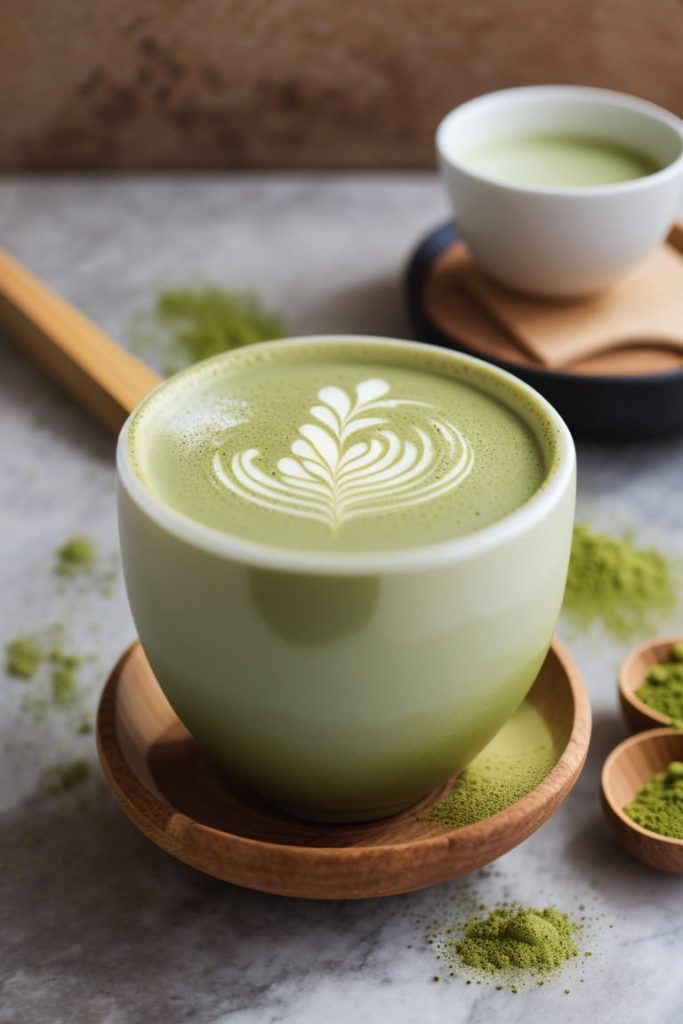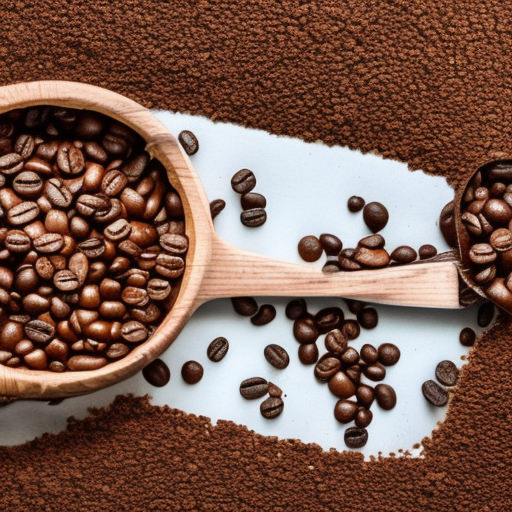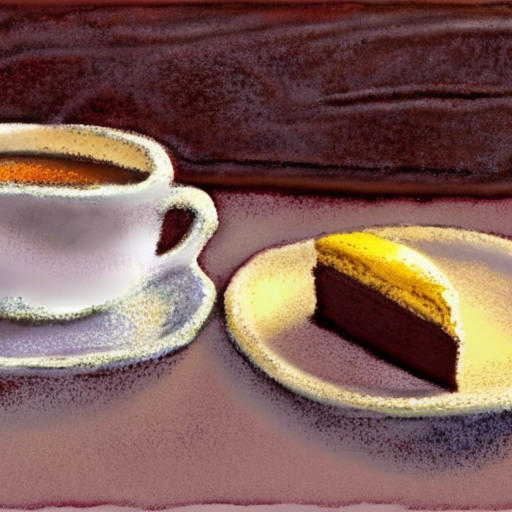Do we make a drip cup of coffee or are we in a rush to a meeting so we turn to the Nespresso machine. The Nespresso machines are designed to be convenient and consistent, but there are still several factors that can influence the taste and quality of the coffee. Here are some tips we found to help to improve the quality of a cup of coffee using a Nespresso machine
Water Quality: Water is the primary component in a cup of coffee, so its quality is crucial. While many might overlook this element, the water you use can significantly influence your coffee’s taste. Minerals and impurities in ordinary tap water can lend unwanted flavors to your brew. Using filtered or bottled water can help in eliminating these inconsistencies and ensuring a cleaner taste in your coffee.
Water Temperature: While Nespresso machines are engineered to heat water to the optimal temperature quickly, patience is key. Ensure the machine is fully heated before brewing. Waiting an extra minute or so after the machine indicates it’s ready can make a difference in extracting the best flavors from the coffee capsule.
Fresh Capsules: Coffee, even when sealed within a capsule, is susceptible to degradation over time. Freshness matters. Always aim to use your capsules reasonably soon after purchasing. As time passes, the aromatic compounds in coffee can dissipate, leading to a less vibrant cup.
Storage: How you store your coffee capsules can influence their quality. Exposure to direct sunlight or high temperatures can hasten the degradation of the coffee inside. Always store your capsules in a cool, dark place to ensure they remain at their best.
Clean Your Machine Regularly: Like any machine that sees regular use, your Nespresso will accumulate residues over time. Coffee oils can build up, leading to off-flavors in your brew. Regularly descale and clean your machine using the recommended descaling kits from Nespresso. This maintenance not only ensures a great-tasting coffee but also extends the life of your machine.
Choose the Right Capsule: Nespresso’s wide range of capsules offers varying intensities and flavor profiles. This diversity means there’s a perfect cup for everyone. But it also necessitates some exploration on your part. Don’t just settle for the first capsule you try. Experiment with different types until you find the flavor profile that resonates with your palate.
Customize Brew Strength: One of the joys of a Nespresso machine is the ability to customize your brew. Some models offer both espresso and lungo settings. If you prefer a milder coffee, try the lungo setting for a longer, more diluted shot. Conversely, for a richer experience, stick with the espresso setting.
Pre-wetting: This might sound like an extra step, but it’s worth the few seconds. Before brewing your coffee, run a shot of hot water through the machine. This not only preheats your cup but also ensures that old coffee grounds aren’t lingering in the spout, which can spoil the taste of your fresh brew.
Use the Right Cup: Your choice of cup can influence the drinking experience. For espresso shots, smaller cups work best. They help maintain the brew’s temperature and concentrate its aroma. For larger beverages, opt for a more substantial mug to accommodate the volume.
Add-ons: If black coffee isn’t your style, consider enhancing your Nespresso experience with some quality add-ons. Milk can transform your brew, and a good milk frother, like Nespresso’s Aeroccino, can produce barista-quality frothed milk at home. The type and freshness of the milk you choose also play a role, so pick wisely.
Tweak to Your Liking: Coffee is a deeply personal experience, and what’s perfect for one person might be far from it for another. Whether it’s adjusting the water amount, experimenting with different milk ratios, or adding sweeteners, don’t be afraid to customize. Your ideal cup is one that suits your tastes, not someone else’s.
Recycle the Capsules: With great coffee comes some responsibility. Nespresso capsules are made of aluminum and are recyclable. Nespresso offers dedicated recycling programs, allowing you to drop off used capsules at collection points or mail them back in prepaid envelopes. Doing so ensures that your coffee habit has a reduced environmental footprint.
We have a couple cups we know make a better cup of coffee with the Nespresso next to the machine, as well, we don’t take the machine lightly. All of the items we covered above helps the rushed cup of coffee still an enjoyable experience.
Please note that if you purchase from clicking on the link, some will result in my getting a tiny bit of that sale to help keep this site going.





